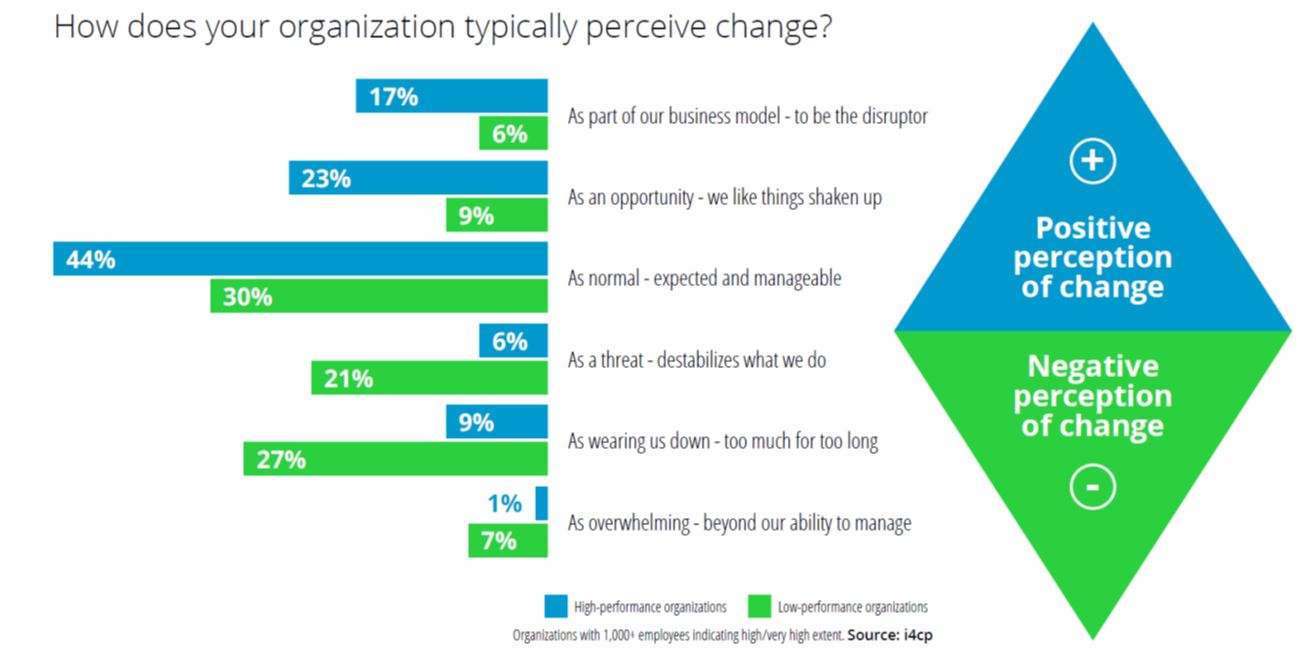In 2013 Aileen Lee invented the term “Unicorn” to refer to startup organizations with investor valuations of over $1 billion. Lee, a founder and managing partner of Cowboy Ventures, was preparing an internal report when she came up with the moniker. A summary of the report was published by TechCrunch, and Unicorn was borne into everyday business lexicon.
At the time only 39 companies were considered Unicorns(1). Today the number has ballooned to over 500. During presentations, I often use a chart showing the proliferation of Unicorns and ask audiences this question:
“What is the one thing that all of these Unicorns have in common besides a value of over $1 billion?”
The answer is they are all disrupting staid businesses and industries. Whether through technology, a new business model, or both, Unicorns are typically focused on disruption, and their valuations reflect the business opportunity it promises. Most established, older companies intellectually understand this, but it’s remarkable how slow they are to change in the face of this inevitable disruption. History is littered with companies that rested on their laurels and were too slow to evolve.
A few months ago, I visited one of the most famous: Blockbuster Video. Actually, I visited the only store that still exists—maybe better termed a Blockbuster memorial—which is in Bend, OR. I bought a shirt that says, “Last Blockbuster on the Planet.” I’m certain it’s their biggest revenue generating item.
It’s a sad reminder of a famous quote by the late Andrew Grove, president & CEO of Intel:
“Success breeds complacency. Complacency breeds failure.”
When a company is having success, it’s easy to shrug off start-up competition. A now famous story documents how Netflix basically begged Blockbuster to buy them for $50 million in 2000. They were quietly laughed out of the room by an over-confident Blockbuster CEO and senior team. Today Netflix’ market cap is well over $200 billion.
As opposed to reveling in their success, I’ve often wondered what would have happened if Blockbuster had created a “Kill Our Company Committee” (KOCC) when they were at their peak?
A KOCC is not necessarily a new concept, but very few companies have put these in place. By assembling a cross-functional, diverse, small group whose motive is to brainstorm ways to disrupt the current company, organizations can stay ahead of the Unicorns or other potential competitors and be better prepared for the future. While some companies have done a good job of scenario planning for the future (Shell comes to mind), a KOCC takes it a step further by actively questioning all aspects of the business model, the products and services, and the future market opportunities.
This is one way organizations can create an agile, change-ready culture. However, one of the biggest indicators of agility is how your organization perceives change overall.
Would your workforce describe change as overwhelming, wearing them down, or destabilizing to what they do normally? If so, chances are high that your company is a low-performance organization. High-performance organizations are more likely to say change is normal, and in fact part of the business model. They typically view change as an opportunity to “shake things up” in a positive way on a regular basis. Many organizations feel that regular change actually boosts productivity, and there is research that supports this(2).
I’ll take a wild guess that Blockbuster’s leadership and workforce was not very open to change.

Honing the ability to anticipate change begins with sensing how the market is evolving. This is best done via data and information gathered about issues or trends that can impact the organization and its ecosystem in the short- and long-term. i4cp research on organizational agility uncovered a critical nuance that helps ensure greater agility effectiveness: they are twice as likely to share and discuss external (customer, market, technology) information, data, and trends with mid-level managers and with frontline leaders at least quarterly. This pushes market awareness down in the organization, and not only readies the organization for change but sparks creativity and innovation at lower levels. And it greatly improves reaction time.
“The goal should always be speed…from sensing to insight to action,” advised Shayne Elliott, CEO of Australia and New Zealand Banking Group (ANZ Bank) when we conducted this research.
To create better sensing and insight, progressive companies are pretending to be those Unicorns intent on disrupting the company’s business model through the KOCC. They are starting by actively talking to their customers and understanding what they anticipate their future needs will be. To ensure good ideas aren’t unintentionally suppressed, they also create psychologically safe, inclusive environments internally in which the workforce is free to openly communicate, share new concepts, and question longstanding norms.
Don’t be the next Blockbuster–combat complacency by establishing a KOCC. Given the changes we’ve experienced this past year, your company is sure to be better prepared for Unicorns as well as the next unprecedented event.
Portions of this article were excerpted from Oakes’ new book, Culture Renovation: 18 Leadership Actions to Build an Unshakeable Company. For more information see www.culturerenovation.com.
Sources:
1. https://en.wikipedia.org/wiki/Unicorn_(finance)
2. https://www.amazon.com/Culture-Renovation-Leadership-Actions-Unshakeable/dp/1260464369





